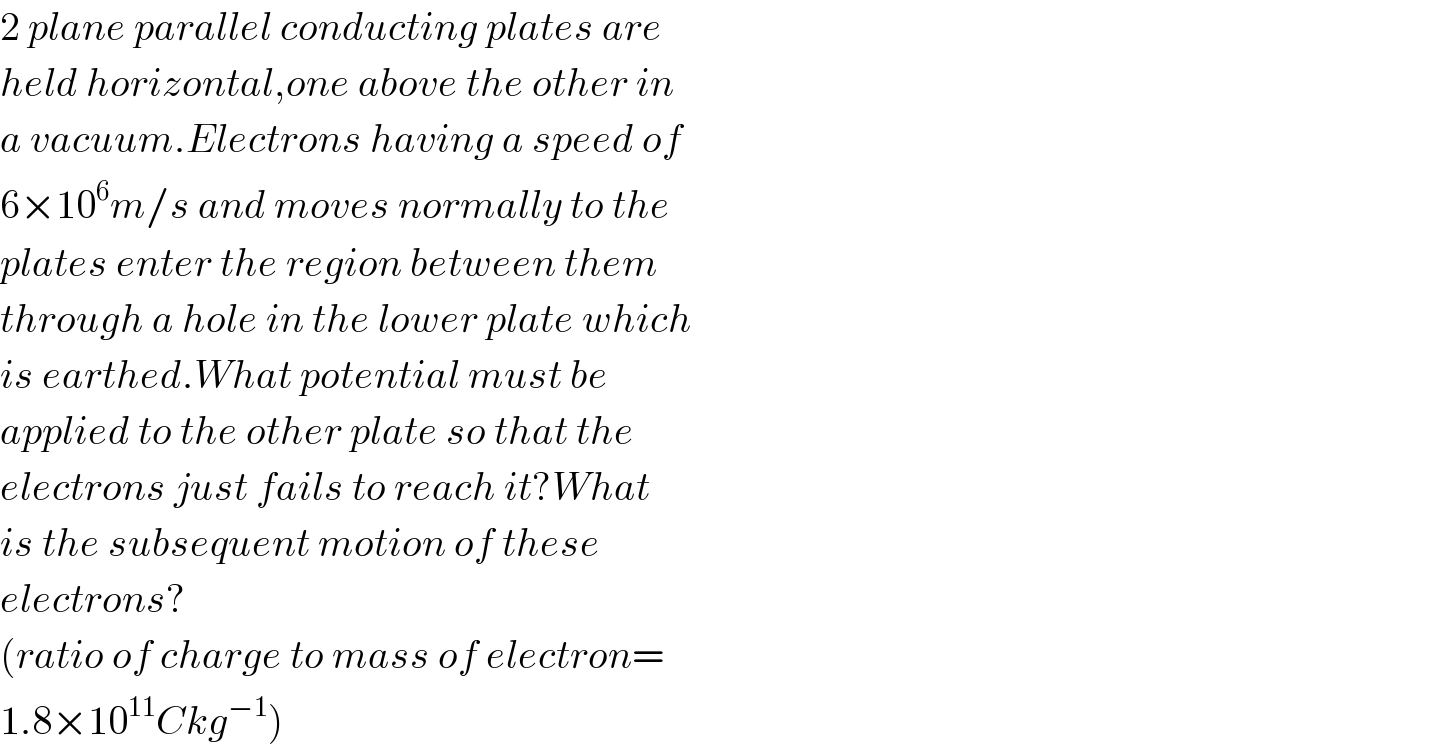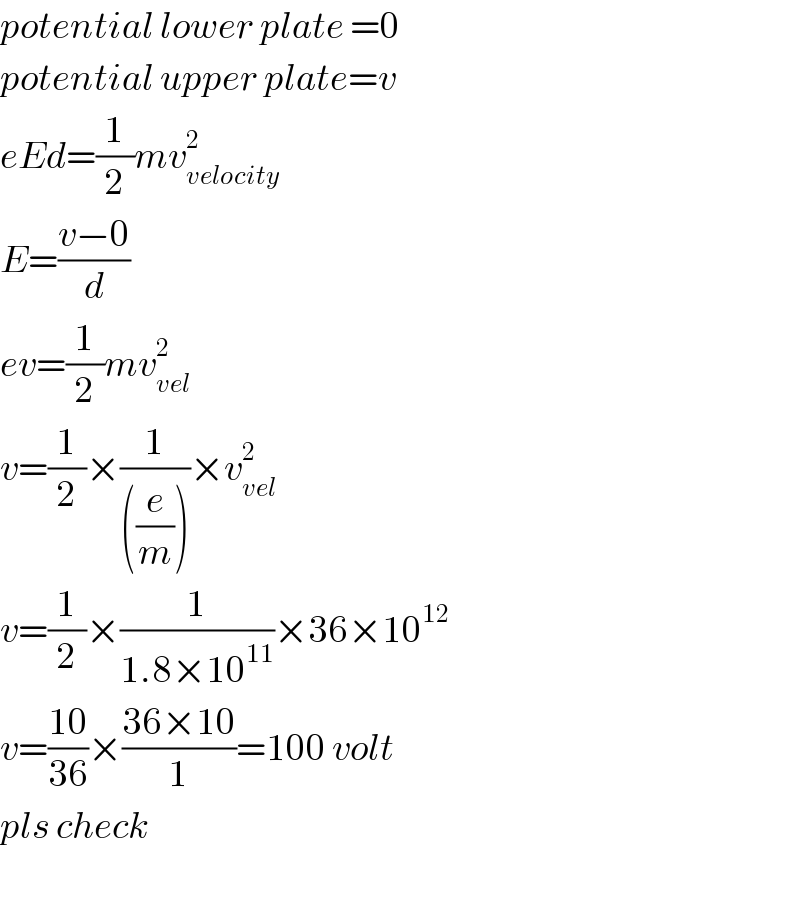
Question and Answers Forum
Question Number 55431 by necx1 last updated on 24/Feb/19

Commented by necx1 last updated on 24/Feb/19

Answered by tanmay.chaudhury50@gmail.com last updated on 24/Feb/19

Commented by necx1 last updated on 24/Feb/19

| ||
Question and Answers Forum | ||
Question Number 55431 by necx1 last updated on 24/Feb/19 | ||
 | ||
Commented by necx1 last updated on 24/Feb/19 | ||
 | ||
Answered by tanmay.chaudhury50@gmail.com last updated on 24/Feb/19 | ||
 | ||
| ||
Commented by necx1 last updated on 24/Feb/19 | ||
 | ||